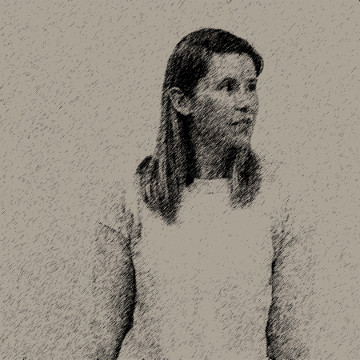Credit: Hartman, Steven, Peter Norrman, Anders Birgersson and Shari Gearheard. What’s in a word? The high-stakes ties of language, knowledge and environment. Originally published in bifrostonline.org, 12 February 2018 (CC BY-SA 2.0)
What’s in a word? The high-stakes ties of language, knowledge and environment.
Geographer Shari Gearheard reflects on one of many ways in which environmental change can impact and challenge longstanding local and traditional knowledge as reinforced through cultural practice and language. Examples from Inuit life in arctic Canada and Greenland highlight some of the high stakes connections that exist between language, knowledge and environment. Intangible cultural resources of knowledge are codified in the memories of community elders, in the local practices and environmental lore of hunters and in the very languages that tie Inuit communities to their environment and to each other. Arctic environments are changing as a result of a warming world and less predictable conditions in many polar and sub-polar regions. As they do, local environmental knowledge becomes vulnerable, and less reliable in some key ways, placing people who have relied on such traditional knowledge resources, in some cases for many generations, at increased risk. The stakes may be very high.




